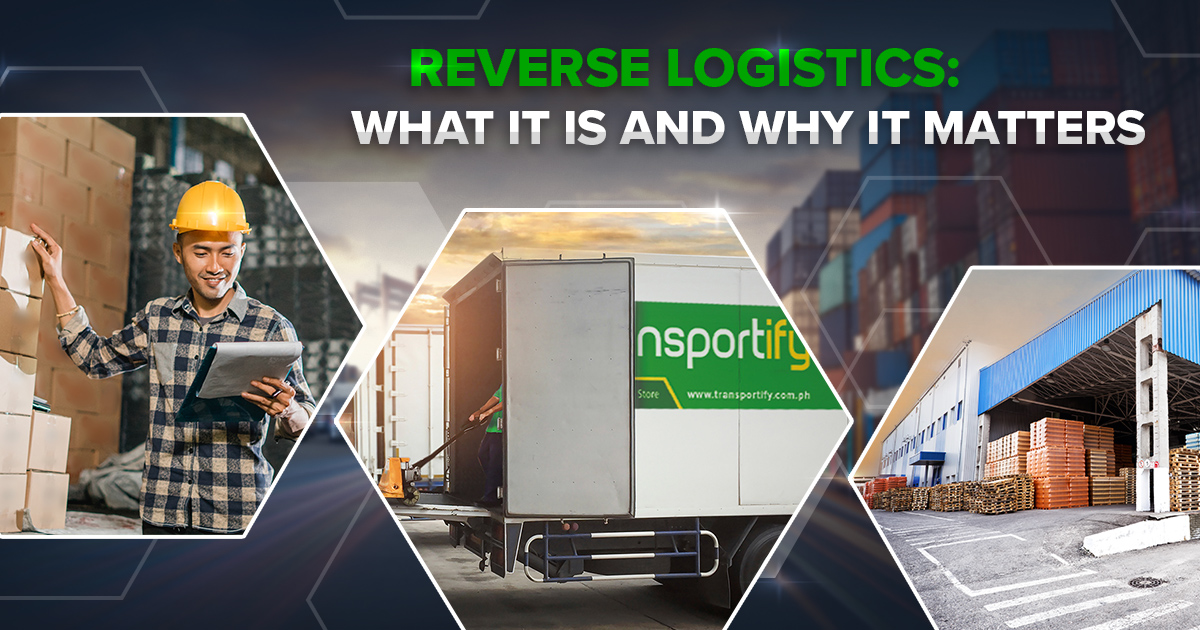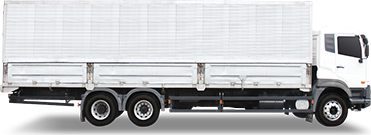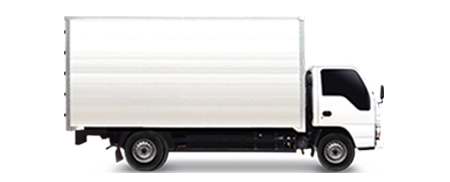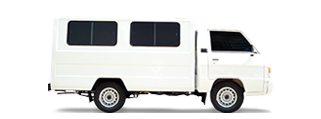
Reverse logistics is an essential component in the supply chain, often overshadowed by more direct aspects of shipping and delivery. Yet, in today’s eco-conscious and customer-centric market, understanding and implementing effective reverse logistics strategies is pivotal. This article delves into the A-Z of reverse logistics, offering insights into what it is and why it’s increasingly important in the logistics industry.
What is Reverse Logistics?
At its core, reverse logistics refers to the process of moving goods from their final destination back to the manufacturer or distributor for return, repair, recycling, or disposal. Unlike traditional logistics which focuses on the flow of products from manufacturers to consumers, reverse logistics deals with the inverse. It encompasses a range of activities including returns management, remanufacturing, refurbishing, and recycling.
Understanding reverse logistics is vital for businesses aiming to enhance customer satisfaction and embrace sustainable practices. With the rise of e-commerce and increased consumer expectations, the ability to manage returns efficiently has become a critical aspect of customer service. Moreover, reverse logistics supports sustainability by enabling the recycling and repurposing of products, thus reducing waste and environmental impact.
Why Reverse Logistics Matters
Customer Satisfaction
In today’s market, the ease of returning products is as important as the ease of purchasing them. A streamlined reverse logistics process ensures a positive customer experience, fostering brand loyalty and repeat business.
Sustainability
Reverse logistics plays a crucial role in environmental sustainability. By facilitating the recycling and repurposing of products, it helps in minimizing waste and reducing the carbon footprint.
Cost Efficiency
Properly managed reverse logistics can lead to significant cost savings. By recovering value from returned goods, companies can offset the costs of returns and even generate revenue.
Regulatory Compliance
With increasing regulations around waste management and recycling, reverse logistics helps businesses comply with legal requirements and avoid potential penalties.
For a more comprehensive understanding of reverse logistics and its significance, consider exploring “Reverse Logistics: What Is It and Why Is It So Important”, which offers additional insights into this crucial aspect of supply chain management.
Best Practices in Reverse Logistics
- Streamlined Returns Process: Simplify the returns process to make it customer-friendly. This includes clear return policies, easy-to-follow instructions, and hassle-free shipping options.
- Efficient Processing of Returned Goods: Develop a system for quickly processing returned items. This includes inspection, sorting, and deciding whether to refurbish, recycle, or dispose of products.
- Leveraging Technology: Utilize technology for tracking returns, managing inventory, and analyzing return data to identify trends and areas for improvement.
- Partnering with Experts: Collaborate with logistics experts who specialize in reverse logistics. Companies like Transportify, a leading logistics company in the Philippines, offer tailored reverse logistics services that can enhance efficiency and reduce costs. For a list of the vehicles that Transportify offers, check the table below:
| Vehicle Type | Dimensions/ Weight Limits | Base Price (Metro Manila) | Base Price (Outside Metro Manila) | Base Price (Visayas/Mindanao) |
|---|---|---|---|---|
 Wing Van Wing Van | 32 to 40 x 7.8 x 7.8 ft 12000kg to 28000kg | 7000 PHP | 6500 PHP | 6500 PHP |
| 18 x 6 x 7 ft 7000kg | 4850 PHP | 4850 PHP | 4850 PHP | |
 Closed Van Closed Van | 10 to 14 x 6 x 6 ft 2000kg to 4000kg | 1600 PHP | 1450 PHP | 1450 PHP |
 Open Truck Open Truck | 10 to 21 x 6 ft x open 2000kg and 7000kg | 2300 PHP | 1950 PHP | 1950 PHP |
 L300/Van L300/Van | 8 x 4.5 x 4.5 ft 1000kg | 415 PHP | 330 PHP | 310 PHP |
 Small Pickup Small Pickup | 5 x 5 ft x open 1000kg | 310 PHP | 250 PHP | 220 PHP |
| 5.5 x 3.8 x 3.8 ft 600kg | 250 PHP | 192 PHP | 225 PHP | |
| 5 x 3.2 x 2.8 ft 200kg | 160 PHP | 130 PHP | 140 PHP | |
| 3.5 x 2 x 2.5 ft 200kg | 140 PHP | 110 PHP | 120 PHP |
Types of Reverse Logistics
Returns Management
This involves handling product returns from customers. It’s the most common form of reverse logistics, requiring a seamless process to ensure customer satisfaction and efficient handling of returned goods.
Remanufacturing and Refurbishing
Some returned products can be restored to like-new condition. Remanufacturing involves dismantling and rebuilding the product, while refurbishing might only require minor repairs or cosmetic fixes.
Recycling and Waste Management
This type focuses on environmentally responsible disposal of products. It involves breaking down products into their constituent parts for recycling or safe disposal, adhering to sustainability practices.
Repairs and Maintenance
In some cases, products are sent back for repairs or regular maintenance. This is common in industries like electronics and automotive.
End-of-life Management
This deals with products that have reached the end of their useful life. It’s about finding ways to dispose of these products responsibly, often through recycling or donation.
For a deeper dive into the different types of logistics, including reverse logistics, “Three Types of Logistics Explained” offers valuable insights.
SEE ALSO
- Addressing FTL Concerns: Mastering Full Truckload Shipping in the Philippines
- Tailored Logistics: Custom FTL Solutions for Philippine Market Needs
- Green Logistics and FTL Shipping: Transforming the Future of Delivery
Integrating Reverse Logistics into Overall Logistics Management
Holistic Approach
View reverse logistics as an integral part of the supply chain, not just an add-on service. This mindset shift can lead to more innovative and efficient practices.
Cross-Functional Collaboration
Encourage collaboration between different departments (like sales, customer service, and supply chain) to create a cohesive reverse logistics strategy.
Data-Driven Decision Making
Use data analytics to understand the reasons behind returns and identify patterns. This can help in improving product quality and reducing future returns.
Continuous Improvement
Regularly review and adjust reverse logistics processes based on feedback and performance data to enhance efficiency and customer satisfaction.
To further understand how reverse logistics fits into broader logistics management, exploring “What is Logistics Management?” will provide more comprehensive insights.
Future Trends in Reverse Logistics
Increased Use of Technology
Sustainability Focus
With a growing emphasis on sustainability, more companies are adopting green reverse logistics practices. This includes eco-friendly packaging, reducing carbon footprint in transportation, and prioritizing recycling and refurbishing.
Customer-Centric Approaches
Companies are increasingly viewing reverse logistics as a tool for improving customer experience. This means more flexible return policies, easier return processes, and leveraging feedback from returns to improve products and services.
E-commerce Impact
The rise of e-commerce has significantly increased the volume of returns, pushing companies to innovate in their reverse logistics strategies to handle this surge efficiently.
Globalization and Localization
As businesses expand globally, they also need to adapt their reverse logistics practices to local regulations and cultural norms, making the process more complex but also more tailored.
 | or |




 INSTANT QUOTE
INSTANT QUOTE

 Chat
Chat